ZANE GILLESPIE
Zane Gillespie, a multifaceted figure in the realms of music and academia, holds various roles including Lecturer of Music at Arkansas Tech University, Ecumenical Director of Music at Little Rock Air Force Base, and Piano Instructor at Renown Music of North Little Rock. Dr. Gillespie's contributions extend beyond his pedagogical pursuits; he is also an award-winning composer of contemporary classical music, with numerous works to his credit. Notably, his composition for woodwind quintet and fixed-media electronics entitled Metanoia (2021) has been published by Gusthold Music Publishers. Additionally, he composed music for Clair de lune, one of the Top 10 entries of the Memphis Film Prize 2021. Renamed Able Bodies, the film was chosen for various international Horror & Fantasy festivals. Dr. Gillespie's academic endeavors reflect his commitment to scholarship and inquiry, evident through his published papers in esteemed peer-reviewed journals such as Technoetic Arts: A Journal of Speculative Research, Cybernetics & Human Knowing, College Music Symposium, and The Edgar Allan Poe Review. Moreover, he has played a pivotal role as the Executive Board Member for Music Theory of the Southern Chapter of The College Music Society from 2019 to 2021. Beyond his academic and musical pursuits, Dr. Gillespie's involvement extends to the literary domain, contributing the foreword to The Night Watches (2023), the second collection of poetry by Noumenist poet Jason W. Johnson. Currently, Dr. Gillespie is primarily focused on music composition.
UPCOMING PERFORMANCES
BRewer Publishing Presents: A Reading by Zane Gillespie from Jason W. Johnson’s New Collection The Night Watches at The 1800th Wednesday Night Poetry * July 26, 2023, Kollective Coffee+Tea, Hot Springs, Arkansas.
Timid Monster Productions PRESENTS: Dan Baker’s Able Bodies (with music by Zane Gillespie) In The 18th Annual South African HORRORFEST Film Festival * November 18-30, 2022, The Labia Theatre, Cape Town, South Africa.
Timid Monster Productions PRESENTS: Dan Baker’s Able Bodies (with music by Zane Gillespie) In The 41st Edition of TerrorMolins (Molins de ReI Horror Film Festival) * November 4-13, 2022, Teatre La Peni; Teatre El Foment; Ca n’Ametller; Biblioteca el Molí, Molins de Rei, Catalonia, Spain.
Timid Monster Productions PRESENTS: Dan Baker’s Able Bodies (with music by Zane Gillespie) In The 15th edition of the MÓRBIDO FILM FEST * October 25-November 2, 2022, City Theater – Esperanza Iris; Cinépolis Diana; Cinemanía; the Villaurrutia Cultural Center; La Pirámide Cultural Center; the FAROS network (Fábrica de Artes y Oficios) Aragón; Azcapotzalco; Cosmos and Oriente, Mexico City, Mexico.
Timid Monster Productions PRESENTS: Dan Baker’s Able Bodies (with music by Zane Gillespie) In The 2022 Edition of The Brussels International Fantastic Film Festival (BIFFF) * August 29-September 10, 2022, Brussels Exhibition Centre, Brussels, Belgium.
Timid Monster Productions PRESENTS: Dan Baker’s Able Bodies (with music by Zane Gillespie) In XVIII Fantaspoa Festival Internacional de Cinema Fantástico * April 14th-May 1st, 2022, Capitol Cinematheque, Porto Alegre, Rio Grande do Sul, Brazil.
Timid Monster Productions PRESENTS: Dan Baker’s Clair de lune (with music by Zane Gillespie) In screenings of the Top Ten Entries of The Memphis Film PRize * August 6-7, 2021, Malco’s Studio on the Square, Memphis, Tennessee, USA.
News & Updates
A New Contemporary Endeavor
-
Zane Gillespie, Composer; Jorie Graham, Text - I have written From the Transience, which I believe to be a key work in my oeuvre, in memory of Liam Butler. Liam, the son of one of my dearest friends Carey Butler, took his own life this year, crushed by a world full of "ignorance and bigotry," one which feeds "youth to the gods of power," and is filled with such complacency it has no idea what it's like to "want change so much that it feels like a need." He believed that in order to communicate truth, it must be confronted precisely "because it's uncomfortable." For him, the unrelenting work of facing the truth meant divesting oneself of the egotism that expects "a standing ovation for being decent," and having the courage to respond without repulsion "when confronted with reality." (Facebook posts from 2019 and 2020) As one might therefore expect, Liam braved this social challenge, but may have seen no way by which the situation could ever be improved. Jorie Graham’s poem entitled "From the Transience" appeared in the 2 November issue of London Review of Books in 2017. My fascination with the poem (reproduced by permission from Jorie Graham in the description of Part II), rendered by a voice synthesizer whose output simulates the vocalizations of a young male singer, had to do with its seeming postulation of an equivalence between human extinction and a possibly technological next step in human evolution. This had a tremendous inspirational influence on me. The dramatic arrangement is based on the numerical order 3x7, which informs the title and has its numeric equivalent in Arnold Schönberg's cycle Pierrot lunaire which is likewise made up of 21 miniature character pieces. In the First Part of From the Transience, the dominant theme is that of the posthuman's world of thought and impulse as symbolized by the apparent breakdown of "Kantian a priori neural organizing categories." (Lawrence Sutin, Divine Invasions) Such boundary dissolution implies that the interpretation of the posthuman is largely a problem for our limited imaginations: It "may defy human understanding because it is not the product of normal human thought." (Ramez Naam, Nexus) The Second Part descends, after the posthuman "smears itself with hope fear disorder opinion" leaving a trail of "circles about to close," deeper and deeper into the grotesque carnival of the human past, a time in which Cartesian mind-body duality led to a species-wide psychosis. "Such as This Present" (no.15) can be understood as a peripeteia within the song cycle. The posthuman's realization that "nothing is more important" than its emergence from the ashes of human extinction concludes the Third Part, which is rich with elements of Prokofiev's motoric "toccata line." Therefore, the three parts can be designated as lyric, tragic, and epiphanal. From the Transience draws out the characteristics of its small, Pierrot-type ensemble. Around a voice synthesizer, five performers are used in varying combinations (i.e., solos, duos, trios, quartets, and quintets). The vocal part is not to be sung by a human being, at least not one unaided by electronics. Obviously, humans sing melodies completely differently than voice synthesizers. The work would be distorted if a human were to sing it, because no human vocalist – even with good training – could make me suspend my disbelief enough to overlook the implausibility of a human pretending to be a posthuman pretending to be human. The constantly changing instrumentation, colors, and construction of these 21 melodramas come from exploring and affirming my own compositional voice. Each individual melodrama presents its own principle, which derives from giving special musical expression to each new moment of the poem. Freeing myself from the expectations of my teachers (one of whom described my music as "much ado about nothing") enabled me to indulge in rapid, quasi-serial, although triadic, harmonic rhythm restricted only by parsimonious voice leading: The only method being a kind of tempered chaos which, like Nature itself, offers many opportunities for transformation. I am not a trendsetter, and no one has ever expected me to upend the world of so-called "concert music" with a newly formulated musical language. Perhaps one reason is that I have always composed with retrospection upon the past. As a Neo-Romantic (in the original sense of the term), my recourse to an older sound in From the Transience reflects a desire to unify the disjoined. Thus, like Schönberg, I have tried to infuse my music with an "ancient scent from faroff days" [Albert Giraud, in Arnold Schönberg's Pierrot Lunaire, Op. 21].
-
Zane Gillespie, Composer; Jorie Graham, Text - FROM THE TRANSIENCE Jorie Graham (1) May I help you. No. In the mirror? No. Look there is still majesty, increase,/ sacrifice. Night in the flat pond. Moon in it/on it disposing entirely of mind. No./ (2) Look there is desert where there was grassland there is sun-inundation like a/ scrupulous meditation no message just mutter of immensity where it leaks into/ partiality. (3) Into you/me. Our boundaries now in the epic see-through, how they elude/ wholeness, let in illusion, pastness, whole years in a flash, then minutes that do not/ end – (4) that desert – that jungle. No you say, no world, swamp, reeds, grassy shapes,/ beginning of endings, no you say staring right back at event – it keeps/ turning – (5) no that will not be the shape I am/it is/again/ it just was/ the shape it was/ was never the shape it was, sharpness is melding into blur, used to be the sublime,/ used to be present tense – (6) seat of the now-dissolved now. There. My self, my oneself/ isn’t working for me. No. I flaps its empty sleeves. Habit stares at the four/ horsemen from the end’s endlessly festooned terrace. (7) It stares. Bullets whine. I/ dreams of being a girl, a man, of wearing hooves, of being just sweat and whinnying,/ (8) I smears itself with hope fear disorder opinion, leaves a trail of – what is it of – a/ smear of beginning, of circles about to close, the manes are tossing in the/ light. (9) No. Do not trust what I see. Do not trust you. Do not trust my own saying of the/ not trust. Do not trust world, the no-place into which I place my no, the state of mind/ into which I must clamp my mind, (10) these objects which do not exist, no do not, in the/ actual, which depart from reality. Swim against current my opacity my soul whirs,/ swim hard against the current state of … (11) May I touch the place that is you. No./ Would you have had a place once. Yes. Is there a present tense now. No. What is/ there? Touch it. (12) This place where we share this mind. It will be our first and last./ Our first and last what? Our first and last. Did we live among men. Were we mouthpieces./ (13) Where is the mask that worked so well. The carnival. The puppetmaster who/ held my strings – my strings – here was my arm as it reached out a hand to you, to/ express love, to rid itself of love – (14) here was my mouth in which breathing forced/ awake the unending sounds, of blood, of ink, so each made of himself a net,/ a grip upon place. (15) Such as this present I can summon here with you. Here./ Now, remember that. I see you nowhere, I hear you nowhere, we are/ on different pages, not a different story, (16) the ancestor the divided cell keeps/ asking have you heard the nightingale – no – have not – (17) listening now is/ few and far between – mostly it is more opaque – not talk, not thought, but/ like it. But you are standing there. So bright, my past. (18) Hello. Dear fission, my self/ isn’t working for me. It’s involved with arithmetic. It’s trying to correct itself so that/ it fits, to slice itself, dismember, un-remember, cut off, sew on, recall until it can be/ counted in, or up, or down. (19) It says some right fit must be found – restored resolved/ bought-up doomed-to – it must be worn more artlessly the new thing they will call/ the self – (20) we must not make the same mistake again – what was it was mistaken ask/ the vigorous winds, bending down gently as if to lift us up, right through our throats/ as fish used to be hooked when there were fish – (21) for nothing is more important than/ this new face that must shake the whole thing down & laugh & bring up the rear./ What time is it. Are we already in the necroscape. Even as a machine I recall/ the dust and ash which everyone assured everyone else was just a small digression. Reproduced by permission from Jorie Graham.
-
Zane Gillespie; Jorie Graham
-
Zane Gillespie, Composer - At first, the inspiration to compose Invisible Light seemed inexplicable. All I knew was that I had to do it, and that the music would be redolent of the influence of Ravel. I was held in thrall by certain fugitive visions from my early childhood (e.g., the diffusion of sunlight through a window shade, large leaves of outdoor tropical flora, etc.). So I began to conceive Invisible Light, its Sonata-Allegro form suddenly clear in my mind, from about mid-March 2020. Indeed I felt compelled to bring it into existence every time the fleeting, preoperational images were remembered. Remarkably enough, I had never before been coerced, as it were, to compose – not this insistently. The previous 12 months had been a very creative period. I, therefore, suspected I had been inspired because I had already been working, that Invisible Light could never have “shone” on me in the absence of a well-established métier. It is a work that directly juxtaposes conventional pianism with extended techniques. Ad-lib sections (superimposed over Piano I and demarcated by “string piano” and “loco”) should be executed inside Piano II. Its pianist must strike the lowest-register strings with the palms, pluck the very top strings with the fingers, rub, strike, glide, etc., a drinking-glass at various locations, and must do so in accordance with the instructions in Talib Rasul Hakim’s (1940-88) Sound-Gone (1967): “Dynamics-Duration-Sequence-Pulse – is left to the performer,” but also “be sensitive and purposeful.”
-
Zane Gillespie, Composer; The Belmont New Music Ensemble; Mark Volker, Director - “Reliquiae” is a word meaning fossils, antiquities, relics, remains of the dead, and so seemed like a fitting title for my new work. In the context of Reliquiae, multiple recreative assemblages are incorporated: typological assemblages, using the standard techniques for music notation, which (in keeping with the posthumanist remit) include artifacts from previous style periods; and equally multi-scalar assemblages, with a particular focus on the representation of sonic memory and the transmission of musical experience at different geographic and temporal resolutions. A return to historical precedents (such as the fantasia) provides a means of approach. The extemporaneous style of the fantasia demands a response that has the capacity to engage with and enable analyses that are meaningful whilst allowing space for the unexpected. It is with this agenda that Reliquiae concerns itself, like a musical cyborg whose generative abilities consist of elements built into its body that are reminiscent of spontaneous performance.
-
Zane Gillespie, Composer; Zane Gillespie, Piano; Ryan Boehme, Live Electronics - Recording of my performance of these pieces in the CMS Composers' and Performers' Concert III of the 40th Annual Southern Chapter Conference of The College Music Society, held at The UCF College of Arts & Humanities at The University of Central Florida in Orlando, Florida.
-
Members of the Rossville United Methodist Church Choir; Lewis Thompson (1909 - 1949), text; Zane Gillespie, director/composer - While this piece's singability isn't exactly "one-rehearsal," its relatively easy SATB writing makes it ideal for the small to medium choir, or for the larger choir with "last-minute" performance needs. Although a new idea in philosophy and critical theory, Lewis Thompson's poem seems to refer quite presciently to post-humanism – to the end of human life – but with the presence of a more theoretical and paradoxical reflection: anthropic discourse about the final departure from anthropocentrism. The daylight burns itself away –/But endlessly – in a pure void;/The lusty leaves put forth in it/Live less than withered, more than dead./All purposes, shrunk to a point/And vanished, leave nobody here –/Only a burnt-out thread of dream,/Not snapped, not binding, ripe and sere./None ever crossed the phantom bridge,/The rainbow, or the razor-edge:/They fell who thought it real, or reached/A heaven of new bewilderments./The trammel snaps, the rainbow melts,/The dour edge sharps itself away:/None travelled there: the myth is killed -/The dream of nights, the dream of day.
-
Zane Gillespie, Composer; Zane Gillespie, Piano - This is from a lecture/recital I presented as part of the American Society for Cybernetics 2018 Conference. It features my performance of The Human and Non-Human for Piano and Digital Delay (2018), a set of 11 pieces I composed after reading a paper on post-human creationism (Journal of the Fantastic in the Arts. 2015, Vol. 26 Issue 3, p531-545. 15p.) by David McWilliam, Lecturer in Film Studies and English Literature at Keele University in Staffordshire, England: I. Mountain of Madness, II. Cosmic Horror, III. Prometheus, IV. Fragile Mortality, V. Foucault, VI. The Other, VII. Third Law, VIII. Entities, IX. Black Seas of Infinity, X. Post-Human Creationism, XI. Post-Species Universe. One outstanding aspect of this piano music are those harmonic fingerprints that have helped define my musical personality. And yet it is full of tell-tale signs (e.g., a soupçon of the "Multi- Broken Speaker" factory preset of Apple's AUDistortion) of my indulgence in a sort of clandestine protest against the "neo-Romantic" confines in which I usually find myself. While studying with Burt J. Levy (1936-2010), I was encouraged to break out of this "comfort zone." And it is Levy's reprimanding voice that spontaneously kept coming to mind while I wrote the austere "IV. Fragile Mortality." But I have come to the conclusion that it isn’t simply a matter of changing one’s standards in accordance to a "systems approach" to composition, because, regardless of how one changes them, one’s standards will always engage music anthropocentrically. For this reason, one might say that the "translucent colors" in "VII. Third Law" and the "serenity" of "VI. The Other" make a "profound effect." One might also say that aspects of "Lovecraftian horror" seem "portentously prevalent" in pieces VIII-XI. At the same time, post-humanism is an invariable presence, represented by each piece's own delay-time/feedback-level/sine-wave-modulation combination. Furthermore, each piece seems to harp on homo sapiens' ability to recognize easily only that a musical framework is being heard, while remaining helplessly incognizant of the real significance of its existence. This is especially true of the last three pieces. Taken together, they are a massive bout of 1024-msec-delay brutality that seems to rage against the process by which the mental association of the term “music” with human communication has become taken for granted. Having said that, there are quite a few satirical pieces in this set that will appeal to the unwitting, supercilious humanist, perhaps the most instantly attractive of which is the touching "V. Foucault," with its gentle whiff of folk song.
-
Zane Gillespie, composer; Zane Gillespie, piano. I performed these in a lecture/recital/demonstration I gave under the title The Desired Solution at the 2017 American Society for Cybernetics Conference “Resilience and Ethics: Implications” which was held August 7-12, 2017 in Salem, Massachusetts. I. Widmung an Raymond Kurt Liebau - This piece is a hybrid of New Age piano and movie-soundtrack fare (e.g., that which makes use of the augmented 4th/11th to major 3rd appoggiatura), and is dedicated to my first Composition teacher. II. Human Love Paradigm Simulation No. 1 - This piece is meant to represent the idea of romance as an artifact in the posthuman who has evolved beyond human discourse. As the A.I. Samantha says in Spike Jonze's Her: "I can still feel you... and the words of our story... but it's in this endless space between the words that I'm finding myself now." This is similar to a recurrent transhumanist trope: that the posthuman has evolved to an understanding that is far superior to that of ordinary humans, causing them to "move on," leaving behind, while still perhaps valuing, humanity, doubtlessly regarding things like "romance" as inferior, yet as something analogous to an object of historical interest or even as something akin to an observation in a scientific experiment that has occurred merely as the result of the investigatory procedure, and which has nothing to do with the being's further development as a posthuman. III. In menschlicher Form - I composed In menschlicher Form (In Human Form) as a sort of off-the-cuff response to Weyland Industries' DAVID 8 model, the synthetic person portrayed by the talented Michael Fassbender in both prequels to director Ridley Scott's 1979 movie Alien. David views himself as superior to his creator - a punctuation in the equilibrium of human evolution, a Luciferian being without equal. The significance of this can be seen in David's narcissism. When asked “What do you believe in?,” David answers as immediately (albeit chillingly) as any artist: “Creation."
-
Zane Gillespie, composer; Dr. Jason W. Johnson, text; Caitlin Elizabeth Gillespie, vocals; Randy Zane Gillespie III, sound recording of ritual purification ceremony - Ploutonion reflects a desire I’ve had to compose material applicable for home listening, blending Bachian contrapuntal texture with techno and pop. Its sound is a dance-floor-oriented blend of progressive electro, techno, and post-classical, with sprinklings of break-beats and samples similar to dance-fusion genres. Combining music reminiscent of 18th-century German counterpoint with Dance/Electronica, it fits in with the techno-pop, and synth-bass-guitar scene that will appeal to clubbers, the alternative crowd, and contemporary-classical music lovers alike. Somewhat psychedelic, this piece of post-classical pop was only possible by virtue of my career as a composer, which I have spent trying to push the boundaries of my music into unusual yet pre-modern directions. Some composers’ music turns into shorthand for a certain sound or style, and sometimes I think the same may be true of my own music. The backward-looking sonic signature of my works generally connotes something specific: a post-Romantic sound that evokes the paranormal. But most recently, and unlike most of my peers, I have played both sides of the aisle: Ploutonion is rooted in modern electronica, but its heart belongs to the future of contemporary-classical music, a dichotomy that makes it a quintessentially 21st-century piece. It veers only slightly toward the experimental and avant-garde, in both its unique musical identity as well as its characterization by Jason W. Johnson’s cutting, sardonic text “The Night Watches.” Listening deeply, one will find that I have created a complex, luxurious piece with great space and depth. My hope is that this “quartet” will become a piece for certain teenagers when they are turning to serious music, and one that will stay with them as they age. However, moving post-classical music to the same level as, say, progressive rock may be too much to hope for. After all, my ambition as a composer often outweighs the caution in my methods. Be that as it may, I have continued to explore art music with Ploutonion while simultaneously incorporating popular electronic influences: a blend of shoe-gaze aesthetics, contemporary classical, ambient pop, and progressive textures, which may serve to inspire other like-minded composers. The ubiquity of the vocals and Ploutonion’s consistent rhythms makes it one of my most cohesive pieces yet. Speaking of the voices, they were intentionally sublimated. Our electromagnetic media technologies allow us to listen to the wild, unidentifiable, yet obviously intelligent signals radiating from and around our own planet. While in earth orbit on May 15, 1963, Faith 7 received “an unintelligible foreign-language transmission” which suddenly interrupted and overwhelmed astronaut Gordon Cooper’s voice transmission on the channel reserved for space flights. Some amateurs with VLF equipment have reported picking up unintelligible voices at around six kilohertz. Witnesses in countless UFO cases have claimed they received strange voices on both broadcast and digital media while flying saucers hovered nearby. I conceived of giving actual spoken form to Jason Johnson’s poetry in this particular manner. The score features a trio of instruments that pays homage to the German contrapuntal language of the 1920s. Obviously, however, I also drew inspiration from the disposable nature of 21st-century popular music. In spite of its down-tempo material (128 BPM), it is as forceful as it is melodic, as suitable as a floor-filler, so to speak, as to home-listening. My earlier works were influenced by post-Romanticism, but, with Ploutonion, I’ve not only employed an individual style characterized by lyricism and the ability for shaping musical structures, but a rhythmic vitality and a harmonic language that embraces whatever popular music (e.g., electronic dance music (EDM)) has in common with Minimalism. There are also moments that are a nod to the accomplishments (made by composers like Hans Zimmer) in fusing the traditional orchestral aesthetic with state-of-the-art electronics. As the EDM scene has grown bloated with perfunctory beats and hedonism, musicians have changed their sound, opting for personal artistic expression and emotional connection over big drops. In the same token, while Ploutonion incorporates some big beats and pop-EDM flourishes, it does so coincidentally with post-classical chamber music that is scored for three instruments: amplified clarinet, electric violin, and electric cello. This plus Johnson’s avant-garde poetry sets Ploutonion apart. I’m not saying that Ploutonion features radical formal or harmonic innovations, or even the profound kind of symbolism heard in some of Bach's works. Nevertheless, Ploutonion does have a natural flow and an irresistible charm that it shares with some of Mozart's best music. Unlike Mozart, however, this “quartet” is quite eclectic: the quasi-Mozartian music forming one layer. Other layers are the elements of extreme bass, dubstep, and breakbeat stylizations, as well as contrasting moods and dynamics that go from gentle to bruising and back. Put differently, it weds the post-classical to present-day EDM. Because postmodernism has overtaken mainstream consciousness, my strange mixture may find resonance with contemporary-classical music consumers eager to embrace the sounds of the dance floor.
-
Zane Gillespie, composer; Dr. Jason W. Johnson, text; James Daniel Gillespie, text; Rebecca Carol Hutchins, soprano; Sandra Cleo Hilliard, alto; Dr. Ruth E. Morrow, piano - Dr. Paul Dickinson, Associate Professor of Music Theory and Composition at the Department of Music of The University of Central Arkansas, was chair of the Composition Committee of the 2016 CMS South-Central Regional Conference, which selected these duets for performance during the conference. Indeed they were performed in Composer Concert 2, held on March 18, 2016 in Akin Auditorium on the campus of Midwestern State University in Wichita Falls, TX. Dr. Ruth E. Morrow, Dolores P., D. Phil and Aurora S. Bolin Distinguished Chair of Piano, served as accompanist. The texts are as follows: excerpt from Maundy Sonnet No. 1: In memoriam Thurel Winfield Tutor by Jason W. Johnson - Unceasing memento,/lasso your silken cloud, your midnight purpose,/relent the distance you patrolled, goodbyes/forged from Morse-strobed, rust-locked, gristmill homesteads. The Aftermath of Gravity by James Daniel Gillespie - The liveries of the old moon's heritage/are the shadows of angels/moving slowly/ across the pupil./Exiled to the confinement of the new birth,/only the froth remains/after the miracle has ended, then/the stillness gathers/ the senses like fog/over a warm dream whose logic/calls for vigils/in the dark places/where tide-tossed children/discovered their flesh/ in the aftermath of gravity. Audio of my opening remarks concerning these great poets (made just before the songs' premiere) can be found in the Miscellanea section of the Media page of this website.
-
Zane Gillespie, Composer; James Daniel Gillespie, Text; Sandy Hilliard, Soprano; Zane Gillespie, Piano - Musical language seems to be changing according to a prospective approach: a new contemporary endeavor that, although marked by triadic harmony, manages to contribute to culture in a non-museological way. This is one of four art songs which may be regarded as a primer of my own involvement in this new triadic post-tonality. By using familiar sounds to cultivate a wider public, contemporary works may be brought out of a strictly academic environment of isolation.
-
Zane Gillespie, Composer; Zane Gillespie, Piano - An air of mystery is perhaps one of the most outstanding trademarks of these short, compact, terse statements for piano. Of the seven pieces of this set, none run longer than two and a half minutes with the lone exception of "Fantaisie," a memorial to the Mississippi filmmaker, photographer, and writer Casey Spradling. A strange alchemy of Debussy, Prokofiev, Ravel, Rebikov, etc., these musical-psychological pictures leap out at the listener with stunning triadic audacity.
-
Zane Gillespie, Composer; AU rendering - The College Band Directors National Association once commissioned Aaron Copland to compose a work for band “to enrich the band repertory with music that is representative of the composer’s best work, and not one written with all sorts of technical or practical limitations.” This injunction inspired me to likewise compose a work for band that is “challenging to young players without overstraining their technical abilities.” (Copland, Aaron. Emblems. New York: Boosey & Hawkes, 1965).
-
Zane Gillespie, Composer; Walter Hoehn, Saxophone; Daniel Gilbert, Violin; Patrick Holmes, Viola; Jonathan Kirkscey, Cello; Dr. Robert G. Patterson, Conductor - These two movements (i.e. I. “Night in the Temple of the Babylonian God (Sixth Century B.C.)”; II. “The Athenians, the Saviors of Hellas (480 B.C.)”) were commissioned by concert saxophonist Walter Hoehn to create a work which manifests the character of the ancient cultures described in Herodotus’ Histories. This music is scored for alto saxophone and string trio. http://www.walterhoehn.com/
-
Zane Gillespie, Composer; AU Rendering - My dissertation Eros and Psyche: Choreographic Symphony for Orchestra represents an effort to achieve new clarity and simplicity of formal design in my work. Under the tutelage provided by Drs. John Baur (designated “Tennessee Composer of the Year” by the Tennessee Music Educators Association in 1982) and Kamran Ince (Turkish-American composer; hailed by The Los Angeles Times as “that rare composer able to sound connected with modern music, and yet still seem exotic;” notable student of Joseph Schwantner), I believe I was able to achieve this goal: its harmonies are tertian and loosely rooted in the functional harmonic system so that this symphony may be said to be in the key of D, each section is rather short and direct, and non-legato touches are prevalent. In addition, one will also notice that this work consists of distinctive, independent episodes, like the changing scenes of a ballet, which replace one another freely. Since the general aspect of Eros and Psyche is largely “neoclassical,” it is unsurprising to find extensive use of contrapuntal texture as well as the manner in which I take a four-note motivic figure and put it to use rather like an ostinato/quasi-Alberti-bass pattern for several measures at a time over the course of 62 measures (mm. 138-199).
-
Zane Gillespie, Composer; Tiffany Schmidt, Contrabassoon; Miaoquin Liu, Horn; James Green, Prepared Piano; Zane Gillespie, Synthesizer; Nadezda Potemkina, Conductor - "There lurks an elusive something to heighten terror to the furthest bounds. Transcendent horror! Ghastly whiteness! Abhorrent mildness, more loathsome than terrific. Spiritual whiteness, with a divineness, commanding worship, enforcing a nameless terror. The marble pallor of the dead, lingering there, appalling the gazer. All our ghosts rise in a milk-white fog - Yea, while these terrors seize us, the king of terrors rides on his pallid horse. The instinct… of the knowledge… of the demonism… in the world. Where lie the nameless things of which the mystic sign gives forth such hints? Yet with us, somewhere those things must exist. This visible world - formed in love? The invisible spheres - formed in fright. Indefinite incantation of this whiteness, appealing with such power to the soul, shadowing forth the heartless voids and immensities of the universe! The thought of annihilation, when beholding the white depths of the milky way! And more strange and far more portentous – most meaning symbol of spiritual things, nay, the very veil of the Christian's Deity; the intensifying agent in things the most appalling to mankind. All deified Nature paints like the harlot, whose allurements cover nothing but the charnel house within. Pondering all this… the palsied universe lies before us a leper." - excerpted from Herman Melville's Moby Dick (1851)
-
Zane Gillespie, Composer; The PRIZM Ensemble http://www.prizmensemble.com/; Kamran Ince, Conductor - Chimera is my first work specifically written for The PRIZM Ensemble. With its new notations, Chimera could only have been attempted by musicians as accomplished as those of PRIZM. I owe a great debt to them. I wanted a theatrical piece: the experience of a hallucination as a dramatic premise. The German words, Paul Gerhardt’s (1607-1676) version of a Christian Passion hymn based on a Latin text written during the Middle Ages, convey an energy and power by themselves. But the tune of O Haupt voll Blut und Wunden by Hans Leo Hassler (1564-1612) has been used by Franz Liszt (1811-1886), who included an arrangement of this hymn in the sixth station, “Saint Veronica,” of his Via Crucis (The Way of the Cross), and by English composer Edmund Rubbra (1901-1986) who employed it in the final chorus of his “Sinfonia Sacra.” Many witnesses have testified that Liszt's playing raised the mood of audiences to a level of mystical ecstasy. And Rubbra actually had a hallucination which took place when he was nine or ten. He was out walking with his father on a hot summer Sunday. As they rested by a gate, looking down at Northampton, he lost all sense of the scenery, becoming aware of only “… sounds that seemed isolated from everything else around.” The parallels between religious experiences and auditory and/or visual hallucinations are obvious. Cases of schizophrenia are often dominated by religious delusions. This is the reason the relationship between religion and schizophrenia is of particular interest to psychologists and psychiatrists. The shape of Chimera was built both to embody and to comment on the description of the first hallucination experienced by graduate student Eddie Jessup in Paddy Chayefsky’s 1978 novel Altered States.
-
Zane Gillespie, Composer; Contemporary Chamber Players; Kamran Ince, Conductor - This Harbison-like and incisive score deals with the uncanny aspect of the evolution of birds from dinosaurs. We hear mysterious and disturbing sounds, avian sounds, fluttering perhaps. The ambiance propels us back through time. We feel that something threatening is coming closer: the invisible presence of a monster which we hear only in fragments throughout the score. The music thus brings existence to a visual element. It is a tropical image. We see dense jungle in surrealistic detail, moving in the tangled vegetation like panicked prey (symbolized and reinforced by the primitive use of “birdsong” à la Olivier Messiaen). Perhaps our point of view is that of the monster itself rather than some small game. The complexity of this tonal music (more or less used by neo-Romantic American composers like John Harbison) becomes, to a certain extent, an inner landscape, representing the subconscious part of our psyches, in which bouts of disorder and danger are foreshadowed. But it is also an obsessive, minimalist symbolization of Nature’s redness “in tooth and claw.” We hear melody, but it only serves to strengthen the primeval dimension of the music, the harshness of which depicts the faunal life of an ancient wilderness. We can compare the sound world of PTERYX to a mythological or prehistoric place, haunted by heavy mists and giant monsters, like a 55 million year-old rainforest. We hear the musical description of the worst nightmares of our genetic memory: fearful prehistoric creatures. In this case, the giant so-called “terror bird” seems to have returned from prehistory. As already mentioned, I use, in musical “close-ups,” asynchronous woodwinds (symbolizing the dreamlike apparition of modern birds) creating a volarian atmosphere. We can hear a series of weird sounds, such as strident strings, an ominous horn, and bass drum symbolizing the carnivorous bite-force of the terror bird’s huge beak. Throughout this piece, my orchestration is nothing but a call for disorder (sometimes quite literally) to our animal natures and basic instincts. String harmonics also play a role in this piece’s (almost religious) cacophony. I believe PTERYX succeeds in evoking the cruelty of Nature through a score that requires musicians to play as violently as they can, pushing their instruments as far as possible (as if they were ready to break). The strings, for instance, are played vehemently, becoming lurid implements of death, recreating the movements of the terror bird’s victim in an anserine way: “distorting” the nature of the musical instruments in a paradoxical symbolization of Nature.
-
Zane Gillespie, Composer - The following electronic pieces were composed using a digital synthesizer designed to emulate the sounds of its analog ancestors: I. “Augmented” – uses the augmented triad as the only chord of the entire piece; II. “M2 Dance” – once again, an impressive economy of material, consisting of only major seconds; III. “Diabolus in Musica” – a succession of three whole tones is the basis of all progressions; IV. “12-tone System” – makes use of the Schönbergian 12-tone system; V. “End of the Allegretto” – inspired by the “phase shifting” that can be heard in Beethoven’s Seventh Symphony, at the end of the Allegretto.
-
Zane Gillespie, Composer; Phillip Johnson, Clarinet; Joseph Stevens, Horn; Jeffrey Mayo, Percussion; Steven DiBlasi, Piano; Pierce Martin, Violin; Griffin Browne, Cello; Nadezda Potemkina, Conductor - This piece’s namesake is located in a place in Tennessee known to the composer to be highly reminiscent of the town of Innsmouth in H.P. Lovecraft’s Shadow over Innsmouth. In fact, Valentine Park was intended to serve as incidental music for the action writing of the novella’s fourth chapter. It tells of how the narrator is tricked into believing he has no choice but to spend the night in a musty hotel in Innsmouth. While attempting to sleep, he hears noises at his door like someone or something trying to get in. He attempts to escape out a window and through the streets, at times imitating the peculiar walk of the Innsmouth locals who are human/amphibian hybrids. Eventually he makes his way to some train tracks where he hears the creatures coming closer. He hides and vainly tries to keep his eyes closed. Upon seeing the crossbred monsters for the first time, he faints dead away.
-
Zane Gillespie, Composer; Luna Nova; Kamran Ince, Conductor - Although there is still a noticeable degree of thematic working present in this piece (you will note that most of the successive textures are penetrated at some point by the theme), a superficial analysis of In Our Image might describe it as a work that depends less on thematicism or harmony or counterpoint than on texture for its formal shape. But in spite of a concentration on effects of texture, it is also true that I attempted to work with a certain hexachord (013679). This is because I do not believe that the suppression of smaller musical differentiations is necessary to the achievement of large-scale, textural effects. This can be seen in the fact that this piece is nowhere meant to achieve an opaque level of complexity. It can also be seen in the “frozen” expressive tension of this piece’s often-suspended harmonic progress, which is due to my strict pitch-organizational adherence to the hexachord. In fact, consistently deriving my pitch content from the hexachord seems to have allowed me to achieve harmonic cohesion in a very straightforward, almost unconscious manner. I would even go so far as to say that I would not have been able to engineer the large-scale form according to texture without the harmonic unity afforded by my nearly exclusive use of the hexachord. Put more simply, pitch accuracy for the sake of correctly rendering the hexachordal standard I have set for this piece is just as important to me as the transformations and oppositions of texture.
-
Zane Gillespie, Composer; Sky Macklay, Oboe; Nadezda Potemkina, Viola - Pìbroch, Pìobaireachd or Ceòl Mòr is an art-music genre associated primarily with the Scottish Highlands that is characterized by extended compositions with a melodic theme and elaborate formal variations. Strictly meaning "piping" in Scottish Gaelic, pìobaireachd has for some four centuries been music of the Great Highland Bagpipe. Music of a similar nature, pre-dating the adoption on the Highland pipes, has historically been played on the wire-strung Gaelic harp (clarsach) and later on the Scottish fiddle. The more general term ceol mor (Scottish Gaelic: ceòl mòr), meaning the "great music," is used to distinguish this complex extended art-music from the more popular Scottish music such as dances, reels, marches and strathspeys, which are called ceòl beag or "little music."
-
Zane Gillespie, Composer; Contemporary Chamber Players; Kamran Ince, Conductor - “Breaking by Trivia’s name your prison of bark. Beautiful, awake.” C.S. Lewis, excerpt from “The Magician and the Dryad,” from “Part I: The Hidden Country,” in Poems, ed. Walter Hooper [1964; repr., Harcourt Brace & Company: London, 1992], 8. Trivia in Roman mythology was the goddess who haunted crossroads, graveyards, wandered about at night, and could only be detected by the barking of dogs. She was the equivalent of the Greek goddess Hecate, the goddess of witchcraft. Because she was an underworld Titan-goddess, she was known as the Queen of Ghosts. She was also known to steal young maidens to assist her. These women later became nymphs. (Notice that the dryad of Lewis’ poem is a tree nymph.) In spite of its portrayal of the supernatural, this piece is essentially a bagatelle: It is a short piece of music of a light character, in this case, with the grotesqueness of a scherzo. It is not uncommon for a modern composer to write “baubles” like this. In the 20th century, several composers have written sets of bagatelles, including György Ligeti, who wrote his Six Bagatelles for Wind Quintet (1953). Even as recently as 2015, John Zorn composed a book of 300 Bagatelles for open instrumentation.
-
Zane Gillespie, Composer; Justin Brown, Soprano and Tenor Saxophones; Rich Adams, Percussion; Andrew Drannon, Piano; Christin Thompson, Violin; Nadezda Potemkina, Conductor - Kabbalistic tradition holds that the correct pronunciation of The Divine Name is virtually unknown. In late Kabbalistic works, The Tetragrammaton is sometimes referred to as "The Name of Being/Existence." It unfolds in accordance with the intrinsic nature of its letters in the same order (from right to left) in which they appear in The Name. All that exists is founded on the mystery of this Name and the letters of which it consists. This means that everything is brought under its order, including the four sections of this piece: י YOD: Omnipresence; ה HE: The Breath of God; ו WAW: The Joining of Heaven and Earth; ה HE: The Light of the First Day of Creation. This piece is dedicated to the late Burt J. Levy (1936-2010), my former Composition teacher.
-
Zane Gillespie, Composer; Simona Barbu, Cello; Lynne Radcliffe, Piano - I composed this piece as a result of imagining the passage of a loved one's soul after death into my body by a phenomenon also known as metempsychosis. There was no way I could have known that my former Composition teacher Burt J. Levy would pass away on April 22, 2010, just 18 days after Transmigration's premiere, or that, during my dissertation defense in 2013, Kamran Ince would claim that he believed I was the reincarnation of a late-19th-century composer like Mahler or Brückner. In 2011, Dr. Barbu, who performs the cello part, was appointed Assistant Professor of Cello and Burgum Endowed Chair at the University of North Dakota, where she currently teaches cello, string bass, string methods and chamber music.
-
Zane Gillespie, Composer; Contemporary Chamber Players; Kamran Ince, Conductor - Elevator moving through the stories of the dream / noiselessly, ascends, stops, and descends again, / soft start, brusque stop, brief truce / that charges itself with changes... / With the slowness in a pill / which, while melting, deepens / this flight that dissembles / the unsatisfied desire / to remain, to discover the center / where dew and sunlight are at play / and never, especially, never again to choose / between identical disasters and opposite hearts. - Rainer Maria Rilke
-
Zane Gillespie, Composer; Jason Johnson, Text; Sandra Hilliard, Soprano; Shannon Ladsen, Flute; Deanna Nicholson, Clarinet in A; Steve Taranto, Piano; Yen Mao, Violin; Dr. Daniell Mattern, Cello; Mark Waymire, Conductor - The Mahlerian quality of the music of this song cycle was meant to stand in stark contrast to the surrealistic text by Jason W. Johnson. Now Dr. Johnson with a Ph.D. in English from the The University of Mississippi, he has published poetry in journals such as Liturgical Credo, Circumambulations, and Barbaric Yawp. The Anvil’s Children, Johnson’s first collection, has been released this year by Vox Press, Inc. Johnson lives in High Point, North Carolina and teaches English at Guilford Technical Community College.
-
Zane Gillespie, Composer; Sandra Hilliard, Vocalist - This is my first electroacoustic composition. It is Musique concrète and so is supposed to be acousmatic, that is, without an apparent originating cause. The sounds of AURA, however, are obviously derived from recordings of the human voice and the processually synonymical, computer-based digital signal processing of those recordings. There is one thing about AURA that is true of the Musique concrète idiom: it is not restricted to the usual musical "rules" of melody, harmony, rhythm, meter, etc.
-
Zane Gillespie, Composer; Ian Mac Gille Easbuig, Piano - This work was described by Burt J. Levy as writing of such sophistication that, as he said, I had actually succeeded in nuancing it out of existence. It was meant to be a negative criticism, but I do not believe anyone has ever paid me a higher compliment. Besides, he also compared it to Charles Ives' Piano Sonata No. 2, Concord, Mass., 1840–60. The following is something of a listening guide: There is an unusual proportion of tranquillity in the work, exemplified straightaway by mm. 98-123, 155-171, 198-213, 358, 373. Lyricism is generally in evidence in this piece, and techniques, such as simple rhythms, and harmonic/cadential surprises are in abundance (mm. 26, 36, 58-59, 68, 94, 102-103, 109, 122-123, 180, 202, 204, 225, 257, 265, 271, 277-279, 302, 315, 334, 369). The themes themselves are unobtrusively simple, though several features invite comment: The Sonata can be conceived as an introduction (mm. 1-19) and three movements which overlap each other, which are otherwise divided into quite a number of smaller sections of varying tempos, and which are combined in such a way that they comprise a single movement of 373 measures. The first "movement" begins with an introduction that itself begins rather softly, immediately building to a machinelike, somewhat virtuosic intensity. The first "movement" is lighthearted, cast in something like a rondo form in the sense that the theme which first appears in m. 53 is stated twice more (mm. 102 and 140) if not in the same key then at least at the same tonal level. There are virtuosic running passages and challenging figurations, and it has a generally clownish affect. The contrasting section in the middle of this "movement" (beginning at m. 47) is somewhat slow and wistful before resuming the previous tempo (m. 68). It then goes on to cross over into the second "movement." The second "movement" (beginning at m. 98), like the middle section of the first, is lyrical and melodic, with a simple song-like melody. It states an extremely artless tune 5 times (mm. 163, 204, 241, 249, 258) always with changes of accompaniment, etc. The sequence is, however, twice interrupted by strongly contrasted fast sections, the first (mm. 172-197) after one verse of the song (as we may call it) and again (mm. 213-241) after the second. These fast sections contain some of the most difficult passages of the work, the second of which brings us over into the third "movement" and, in fact, incorporates the last three verses, each now modified almost beyond recognition. The "finale" (beginning at m. 227) is energetic in places with more virtuosic running passages and challenging figurations, and starts with a sudden kind of impetuosity. And, like the first "movement," it too has a contrasting middle section (beginning at m. 272). By the end of the "finale," however, gentler music concludes the work peacefully. It is somewhat dreamy, decorated by left-hand quintuplets (beginning at m. 348). This melts into a pp, ethereal, rarefied atmosphere (beginning at m. 358) in which mystery predominates. An almost unbroken peacefulness (mm. 368-369) flows into the last bar. This Sonata exemplifies complex harmonies that are juxtaposed with simple lyricism, resulting in a work of contrasts and contradictions. Ironically enough, one way in which unity is achieved is by virtue of these very contrasts and contradictions. This is perhaps the work's most important feature: 1.) The theme beginning in the right hand at m. 163 is foreshadowed by a reference to it in the left hand of mm. 90-93 of the preceding "movement." 2.) The left hand from mm. 214-219 is a reduction of a theme of the first "movement" first stated beginning at m. 53 in the right hand. This theme, as it occurs beginning at m. 140, is further treated in mm. 151-158. 3.) The final statement of the second "movement" theme, which sounds rather like a sequence (mm. 257-264), is treated in mm. 280-283, immediately following the first right hand statement of a triplet motive (mm. 274-278) which was foreshadowed earlier in the left hand (mm. 5, 7, 38-39, 98-99, 102, 106). 4.) The left hand of m. 224 is something of a foreshadowing of the final statements of the second "movement" theme 5.) mm. 232-233 are reminiscent of fragments of the right hand of the aforementioned first "movement" theme (the one beginning at m. 53) 6.) The 3/2 time signature of the final measures is identical to that of the introductory measures. Put more succinctly, their respective themes are heard at seemingly random places in all three "movements." And it is this thematic/motivic foreshadowing/integration that melds the sonata's "movements" together into one, and thus strongly unifies the work as a whole.
-
Zane Gillespie, Composer - Combining the lessons taught to me by its predecessors (i.e., Symphony of Chaos; both versions of Carnalis: The Five Stages of the Human Sexual Response), and bringing about yet another manifestation of the original technique, was due to a mad (I’m using the word “mad” here) determination to seek for new ways to expand this technique on which all four works are based. Find out more about the technique by reading my essay entitled: "An Aesthetic Evaluation of a New Technique of Composition Inspired by Leading Principles of Chaos Theory” (2000-2004) in the Miscellanea section of the Media page of this website.
-
Zane Gillespie, Composer
-
Zane Gillespie, Composer
-
Zane Gillespie, Composer
-
Zane Gillespie, Composer - That I could immediately proceed from Symphony of Chaos to Carnalis: The Five Stages of the Human Sexual Response, a work of greater dimensions, testifies to the original technique's potential for extension. Find out more about the technique by reading my essay entitled: "An Aesthetic Evaluation of a New Technique of Composition Inspired by Leading Principles of Chaos Theory” (2000-2004) in the Miscellanea section of the Media page of this Website.
-
Zane Gillespie, Composer
-
Zane Gillespie, Composer
-
Zane Gillespie, Composer
-
Zane Gillespie, Composer
-
Zane Gillespie, Composer
-
Zane Gillespie, Composer
-
Zane Gillespie, Composer
-
Zane Gillespie, Composer
-
Zane Gillespie, Composer
-
Zane Gillespie, Composer - Granted, I was BONKERS at the time, but I think my Symphony of Chaos is still a remarkable fusion of quasi-serial practice with a personal computer technique which adapted an almost Ligetian harmonic effusion to Schoenberg's and Webern's notion of klangfarbenmelodie. Find out more about the technique by reading my essay entitled: "An Aesthetic Evaluation of a New Technique of Composition Inspired by Leading Principles of Chaos Theory" (2000-2004) at the Miscellanea section of the Media page of this Website.
-
Zane Gillespie, Composer
-
Zane Gillespie, Composer
-
Zane Gillespie, Composer - "Seven summers old / Lovely Lyca told. / She had wandered long, / Hearing wild birds' song."

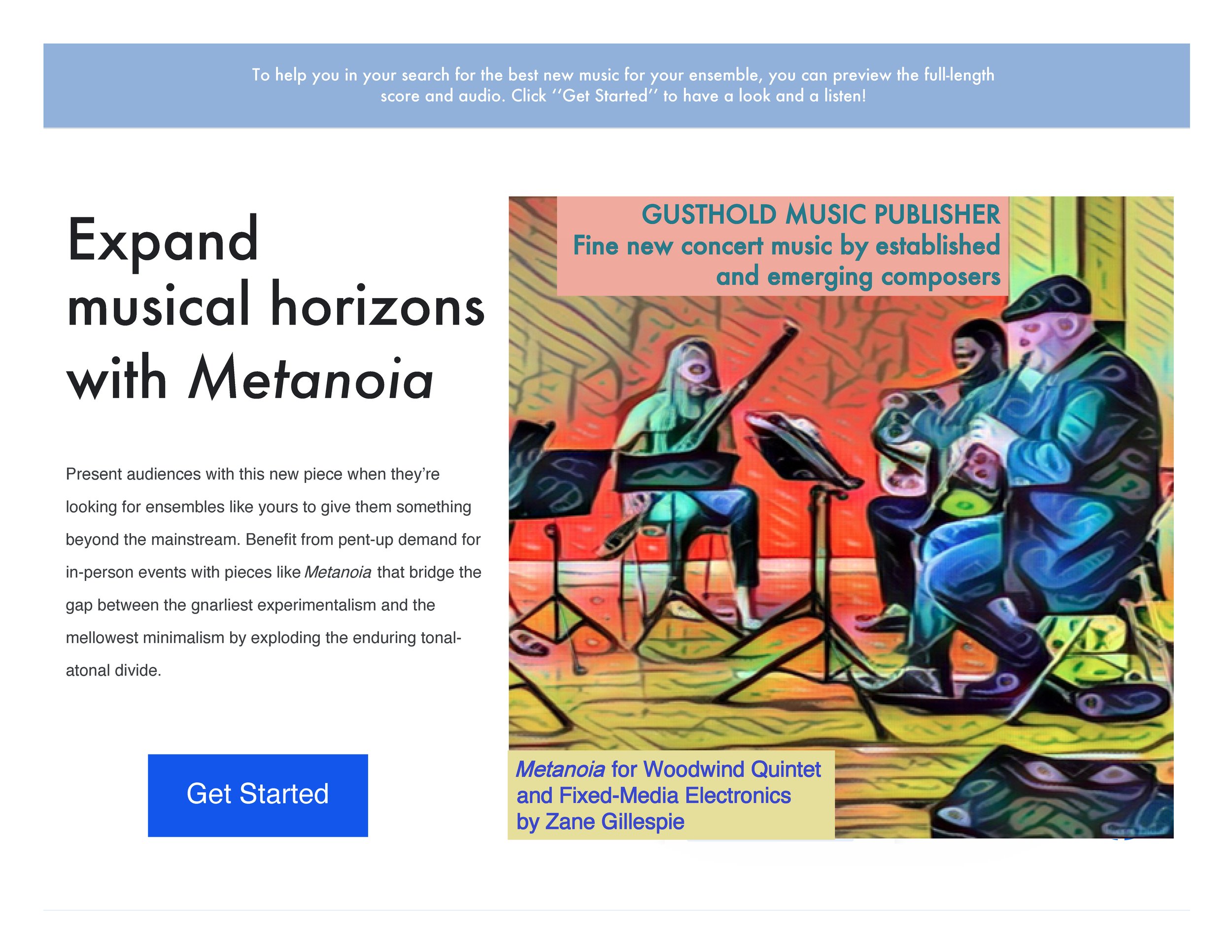

































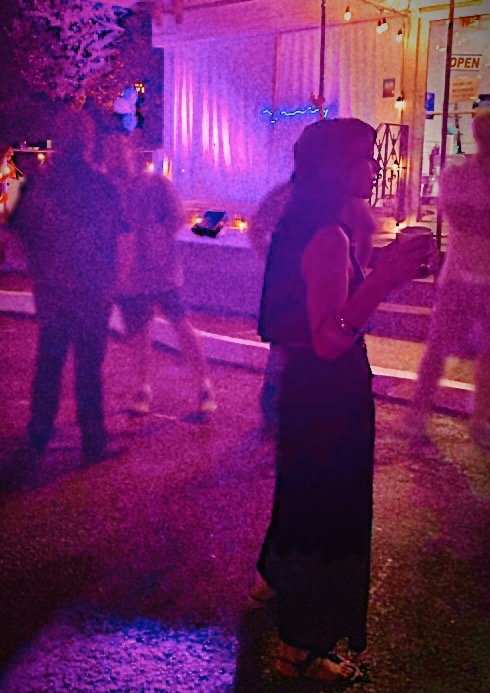





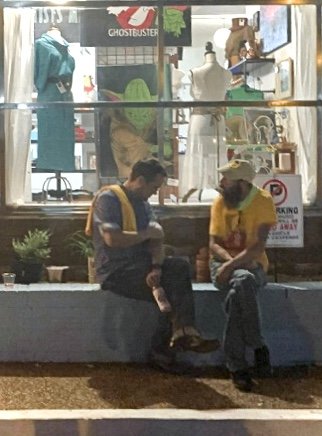
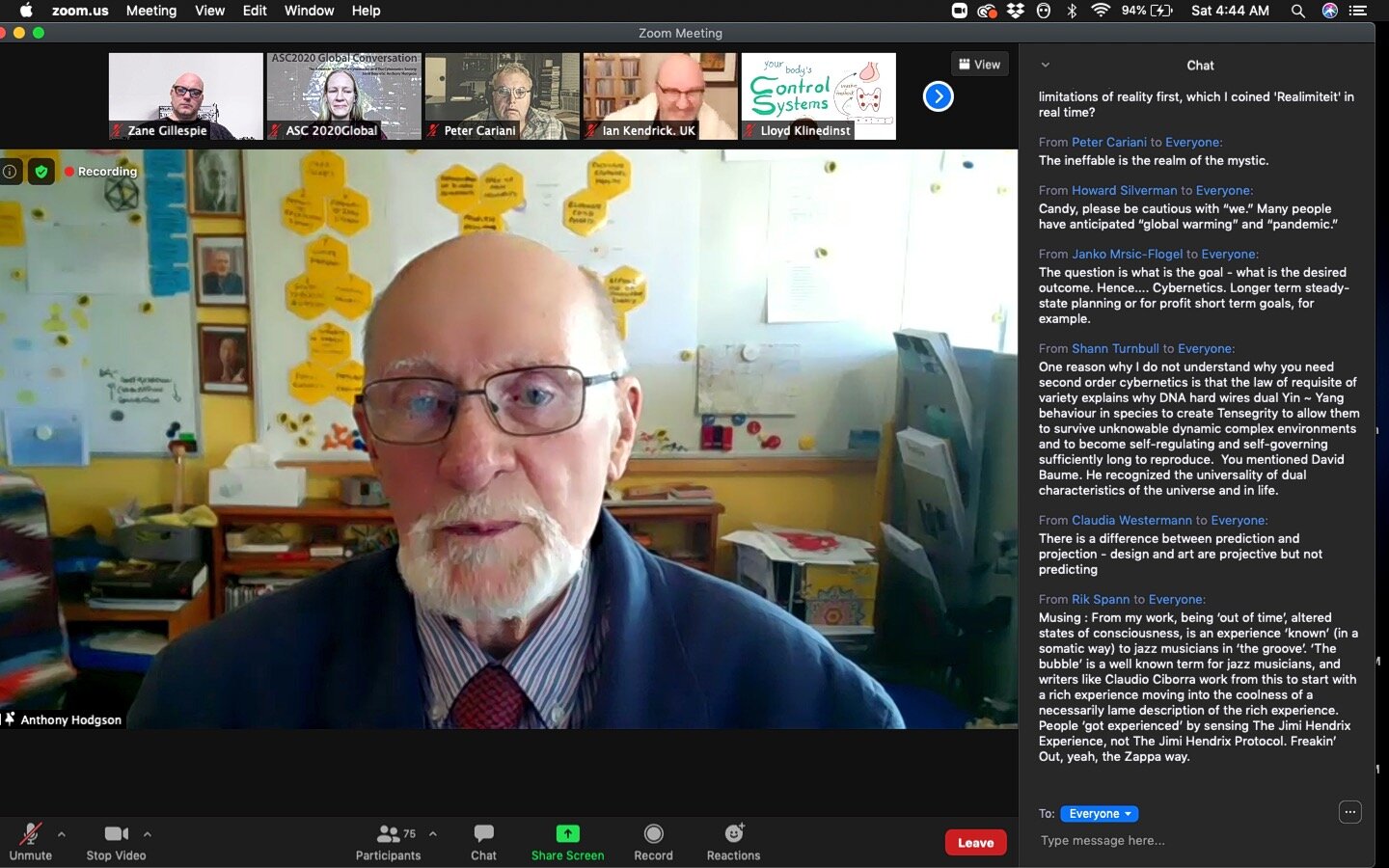






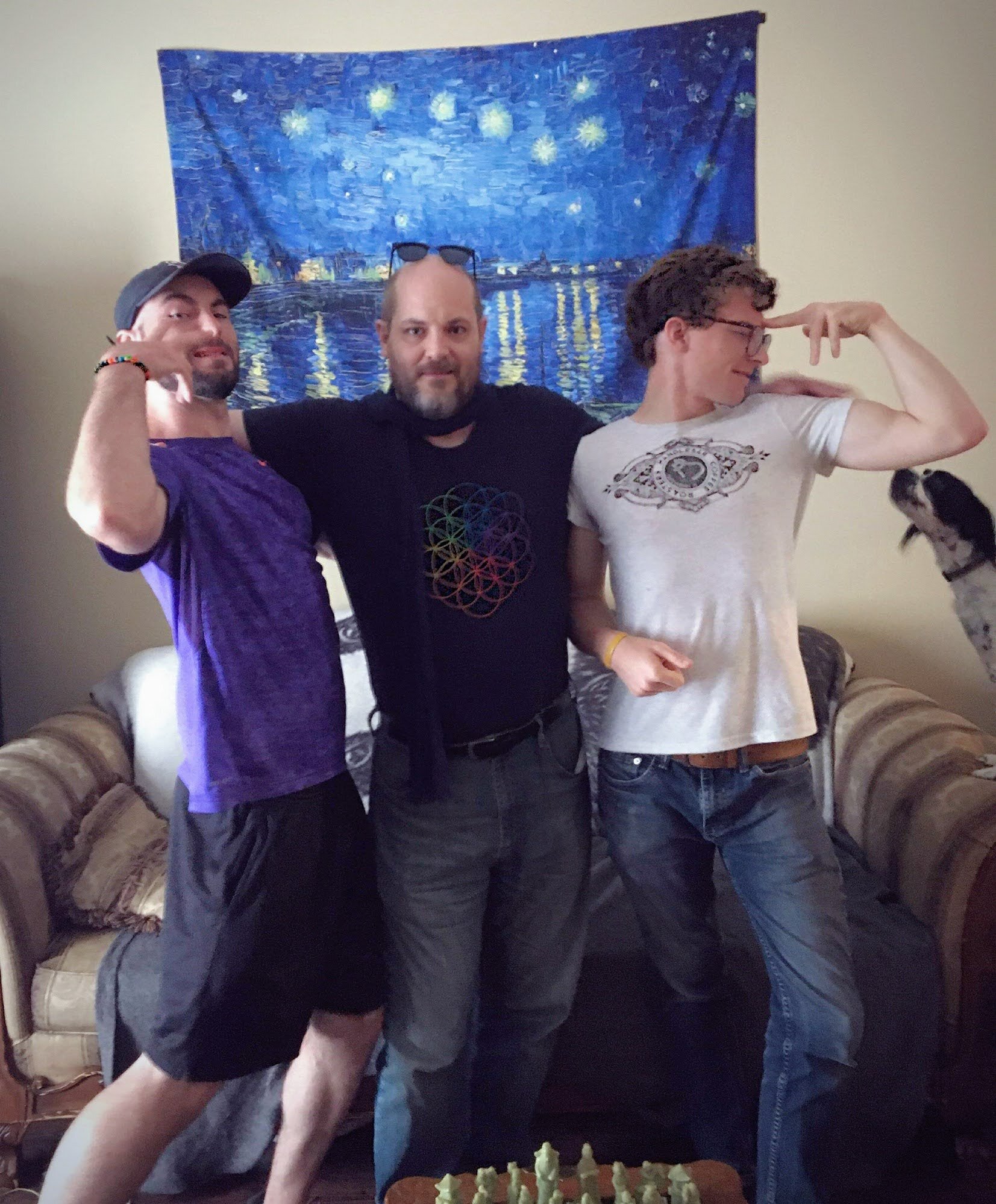















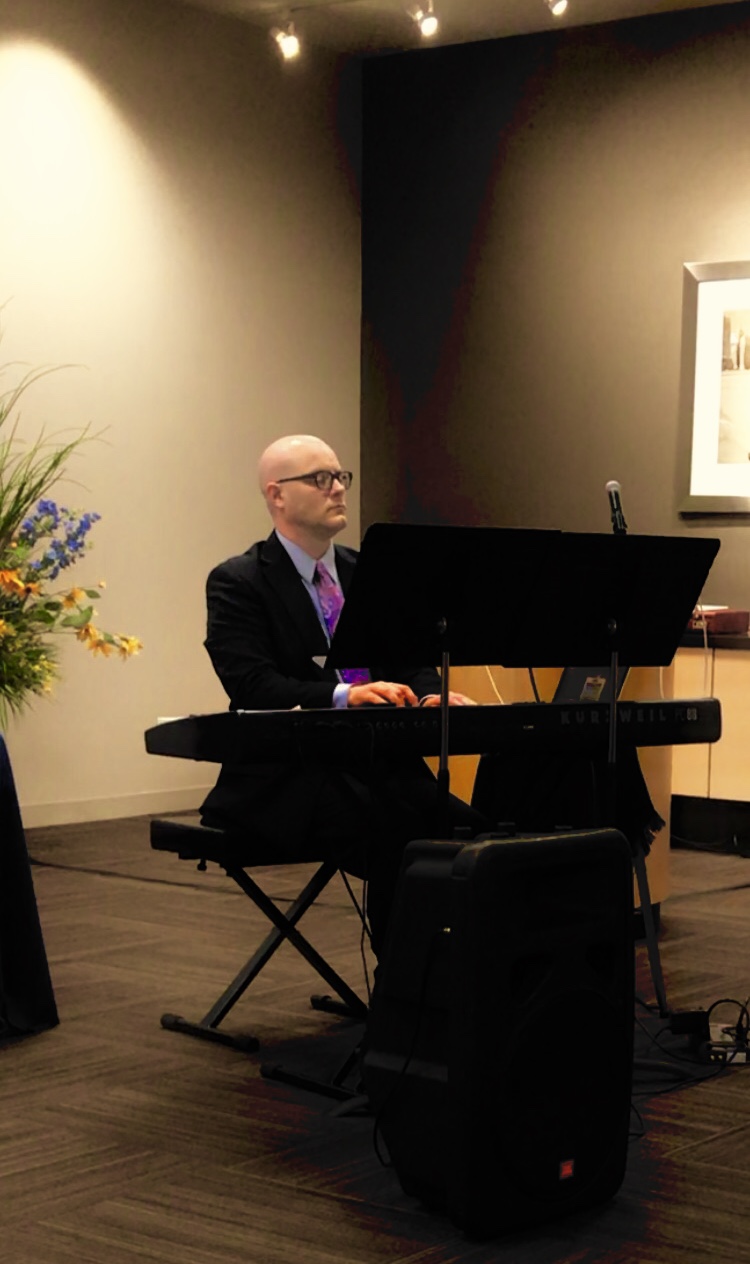


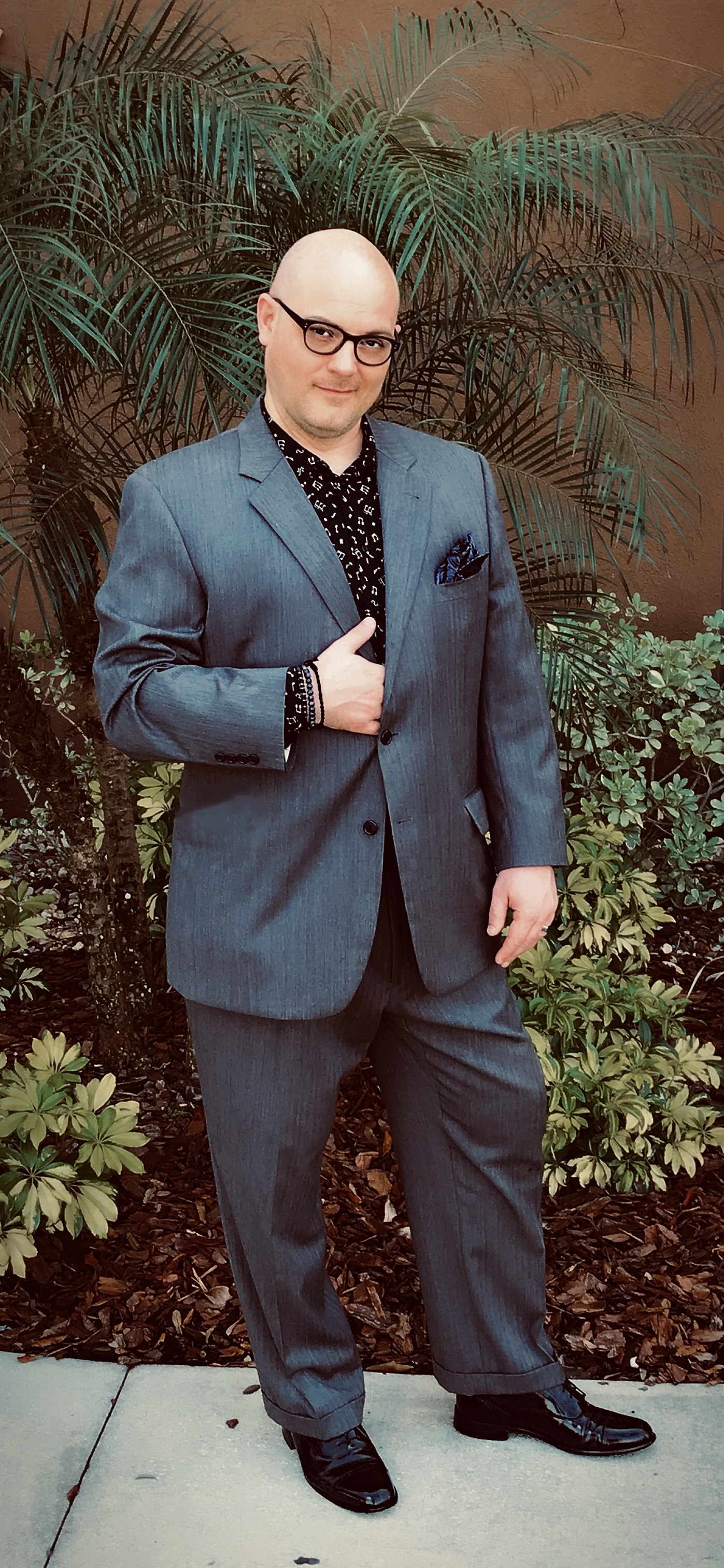

























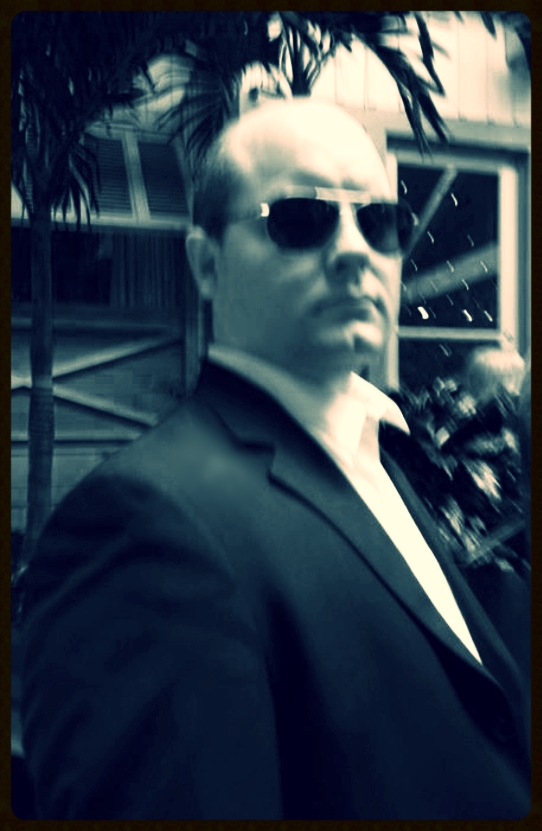














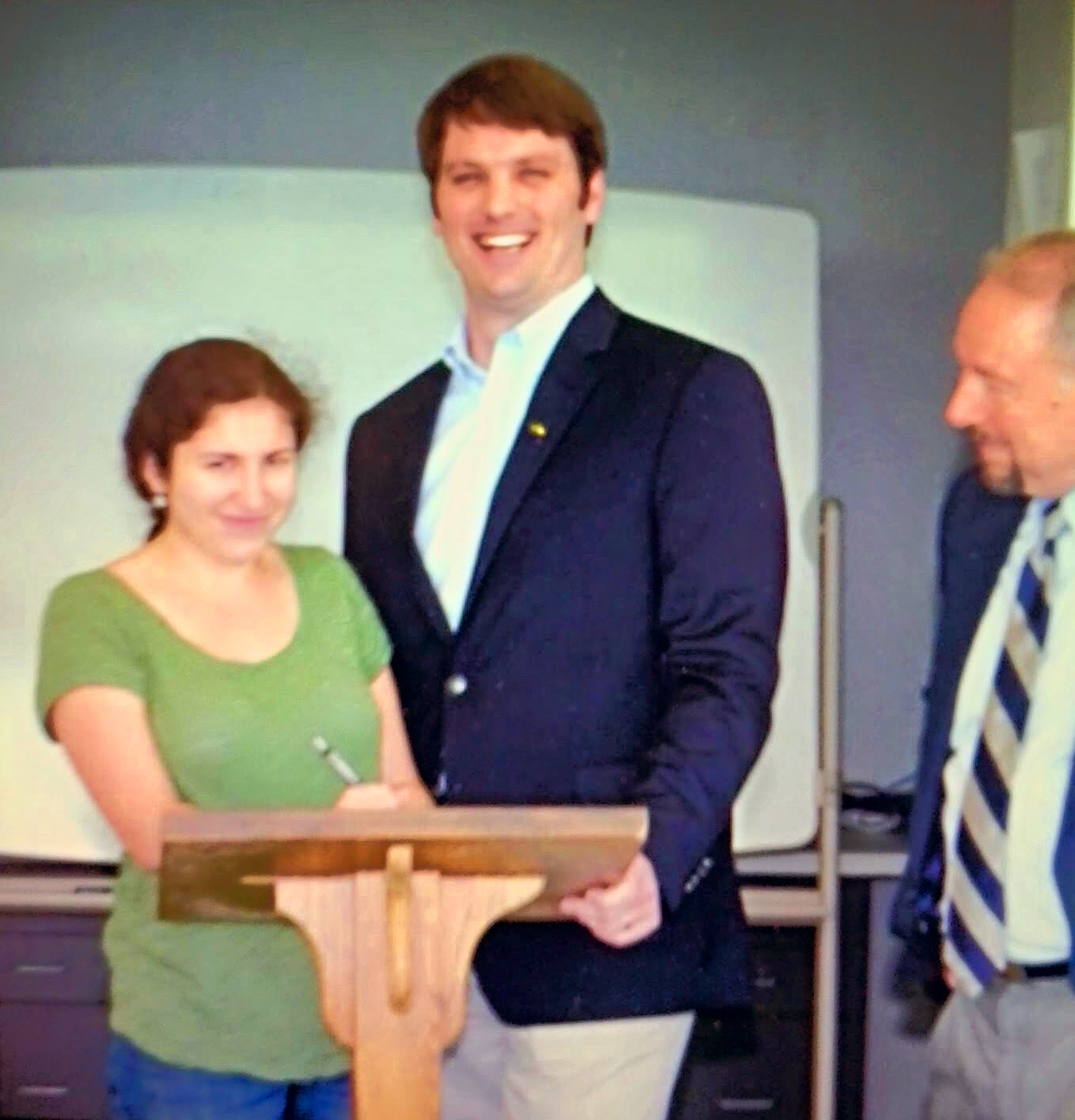



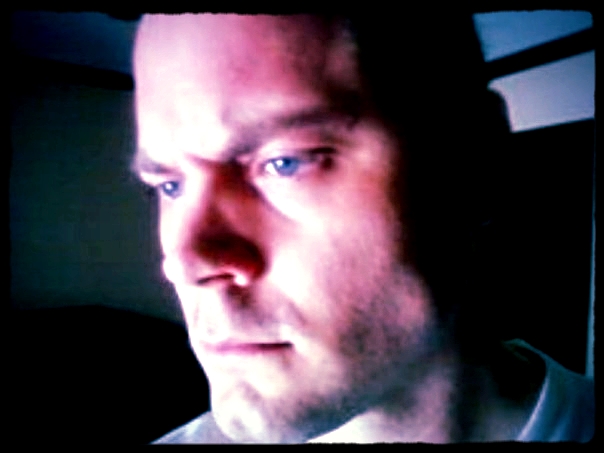
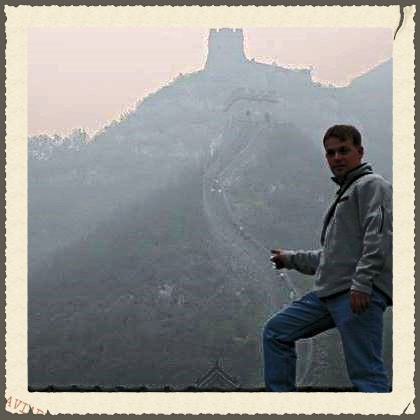


























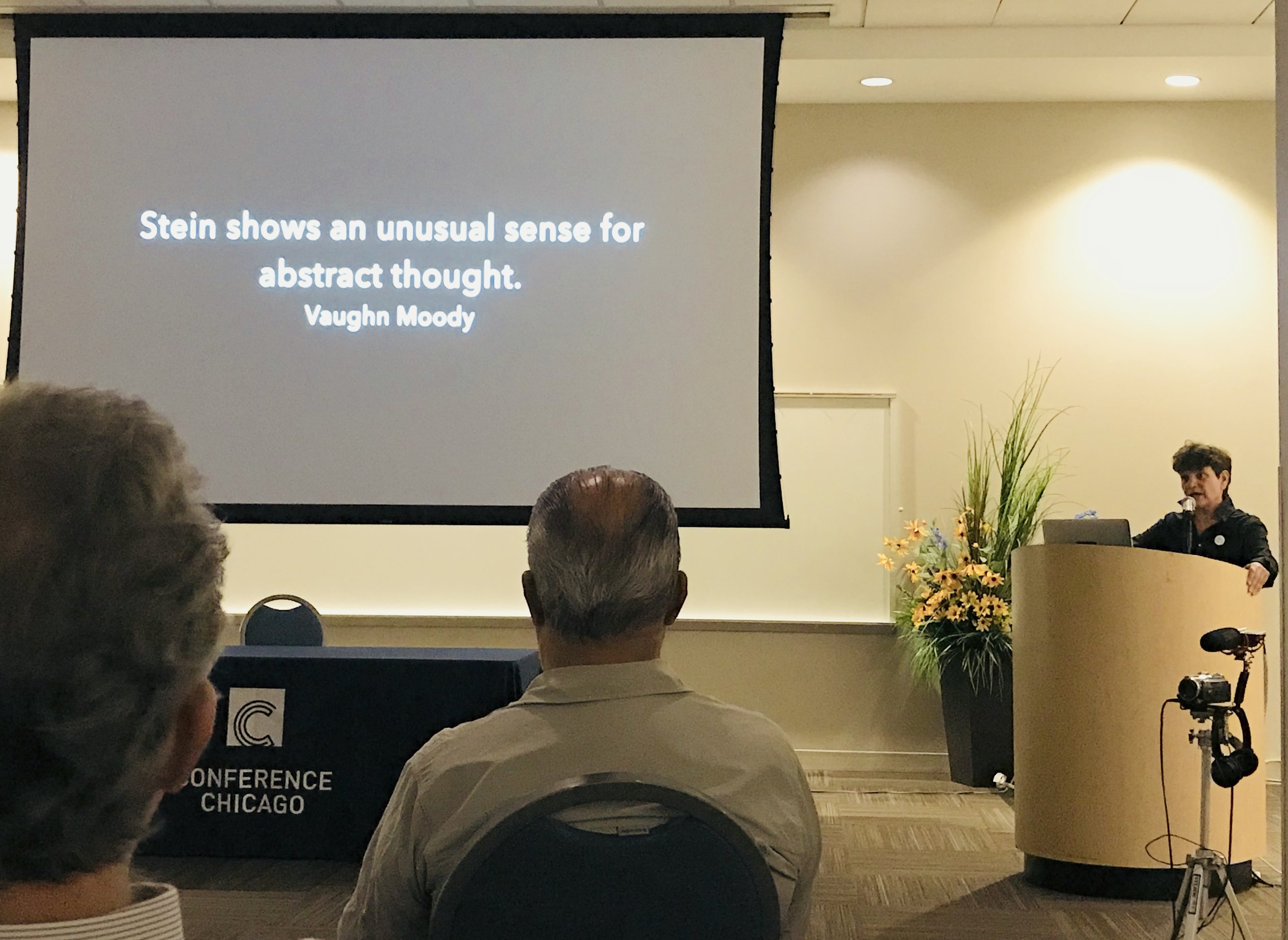

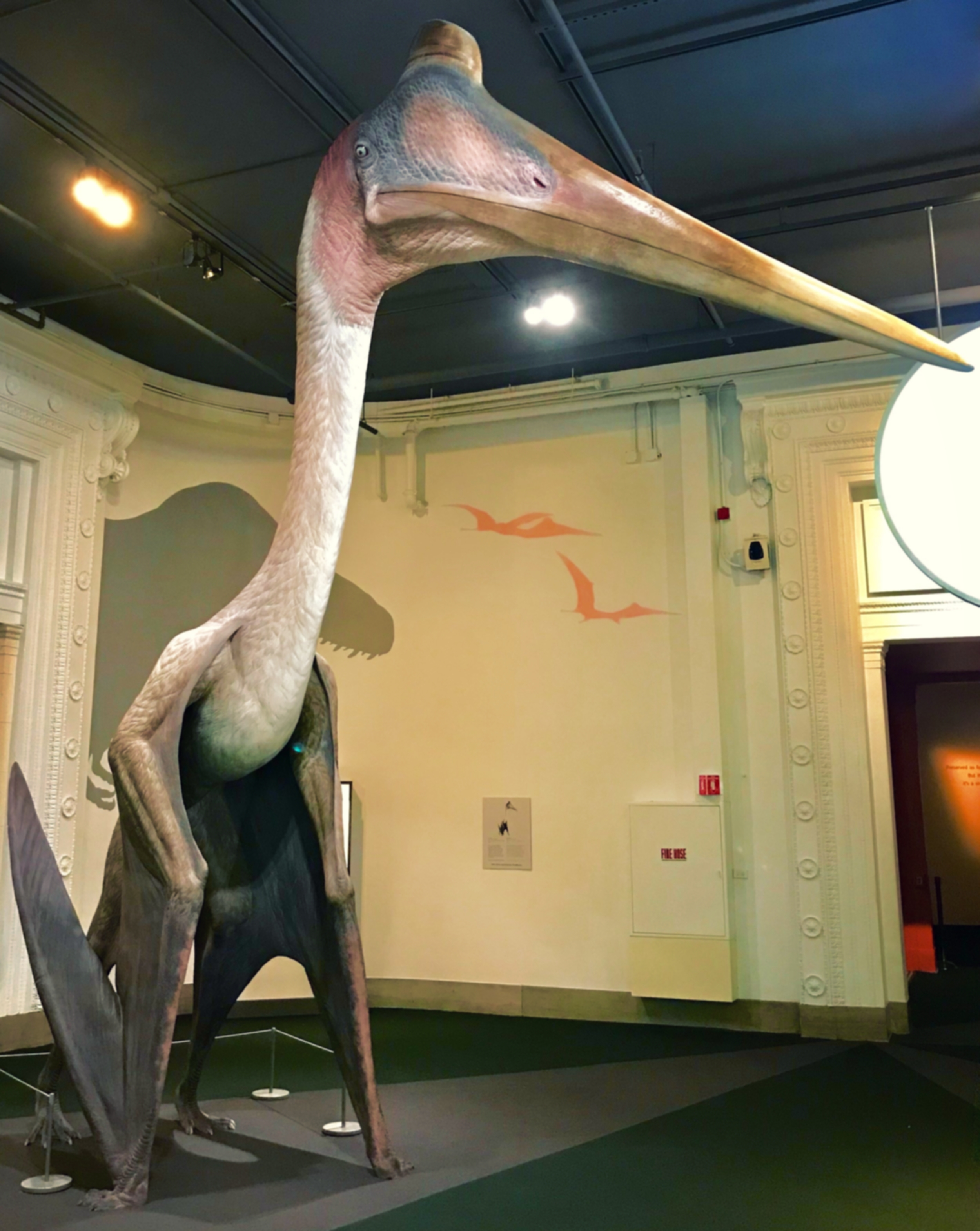












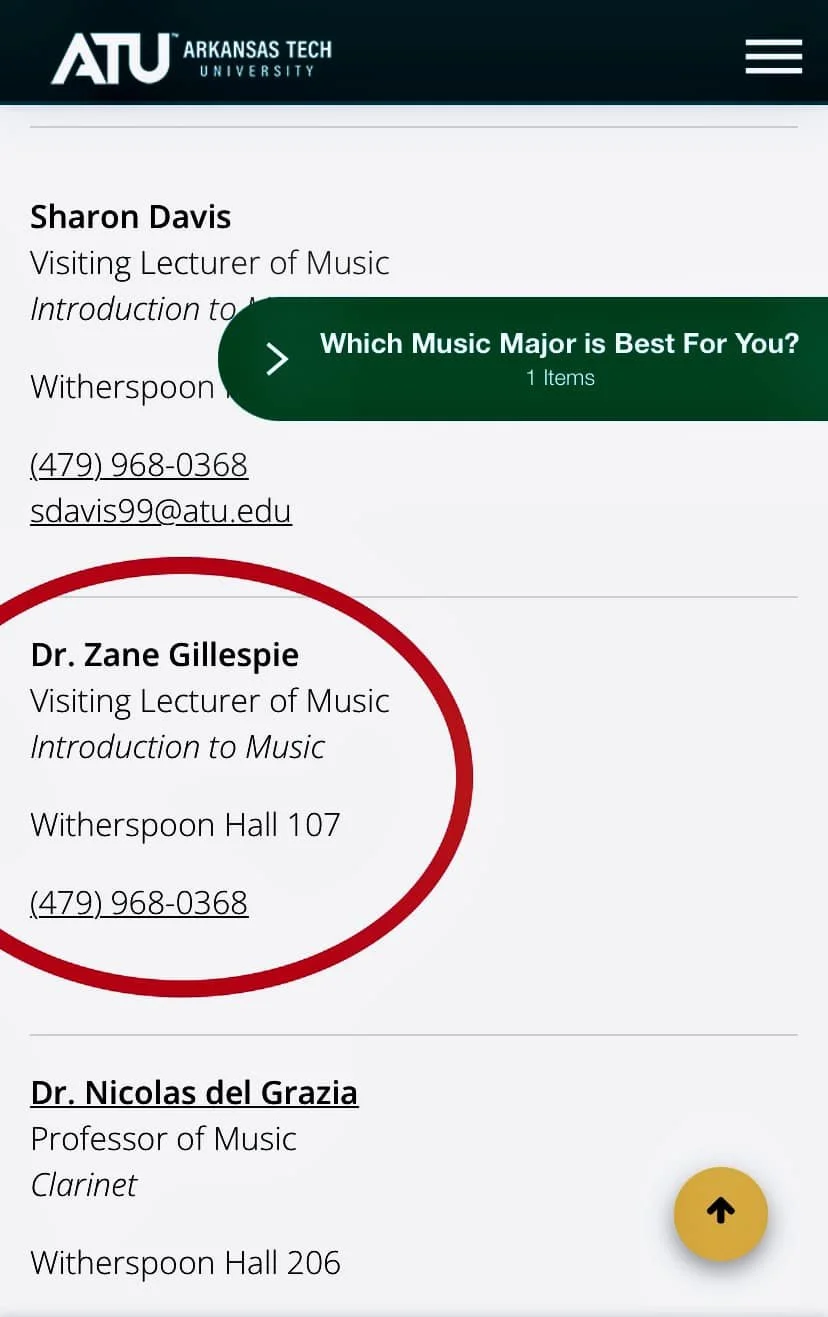
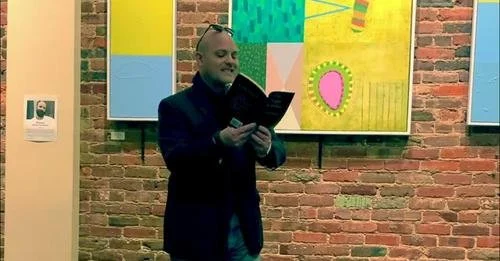



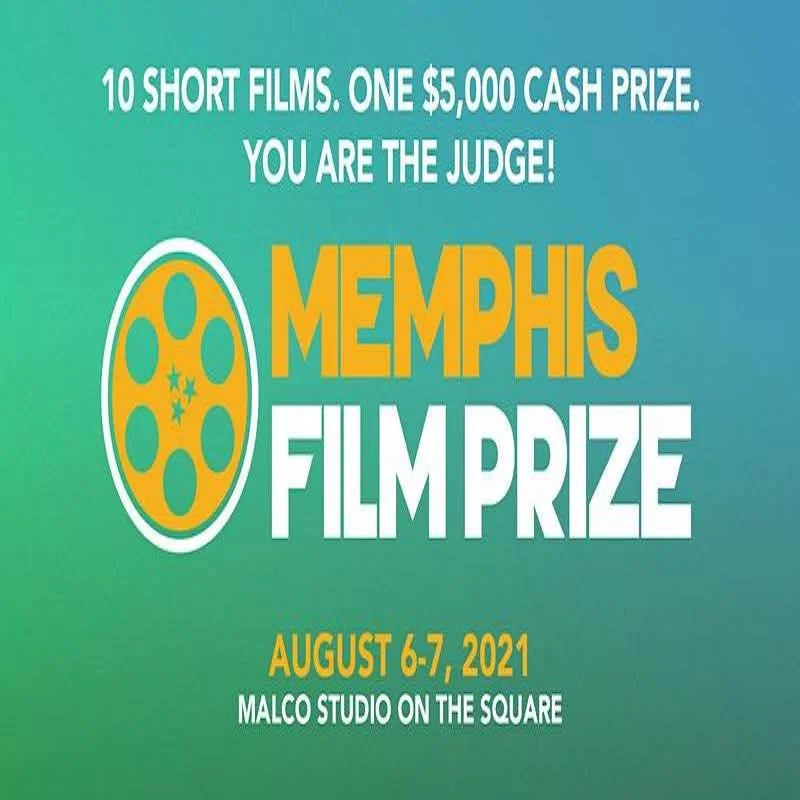




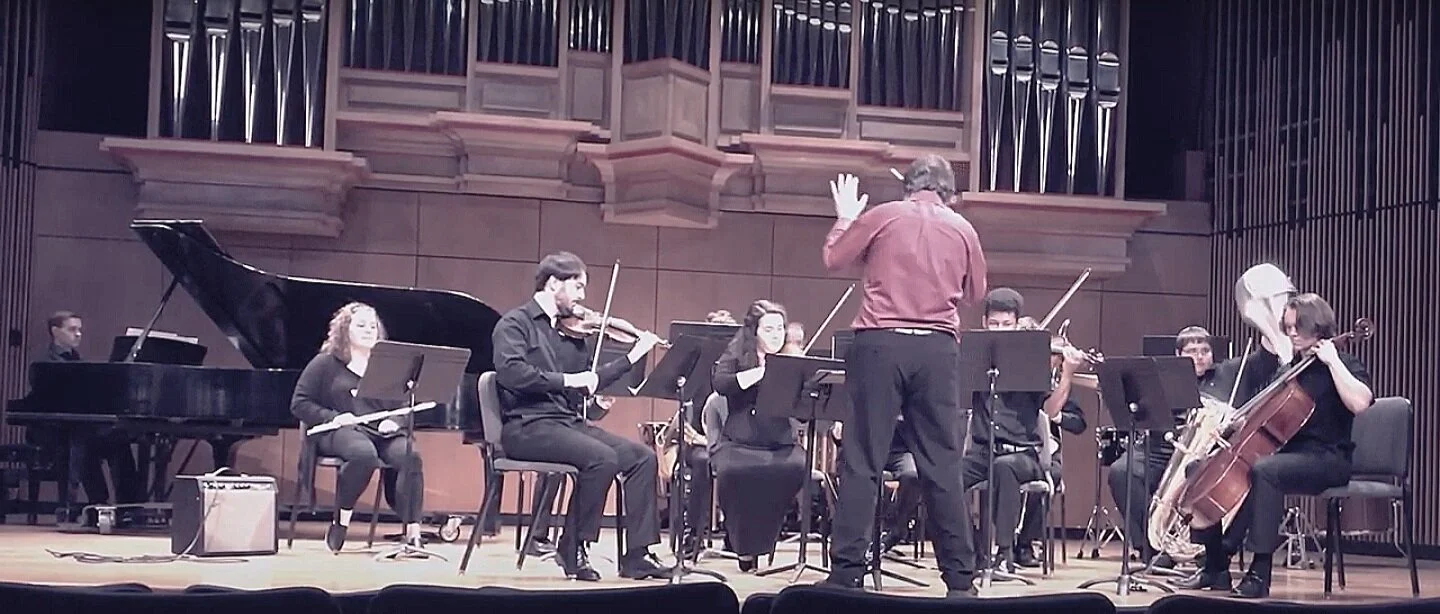
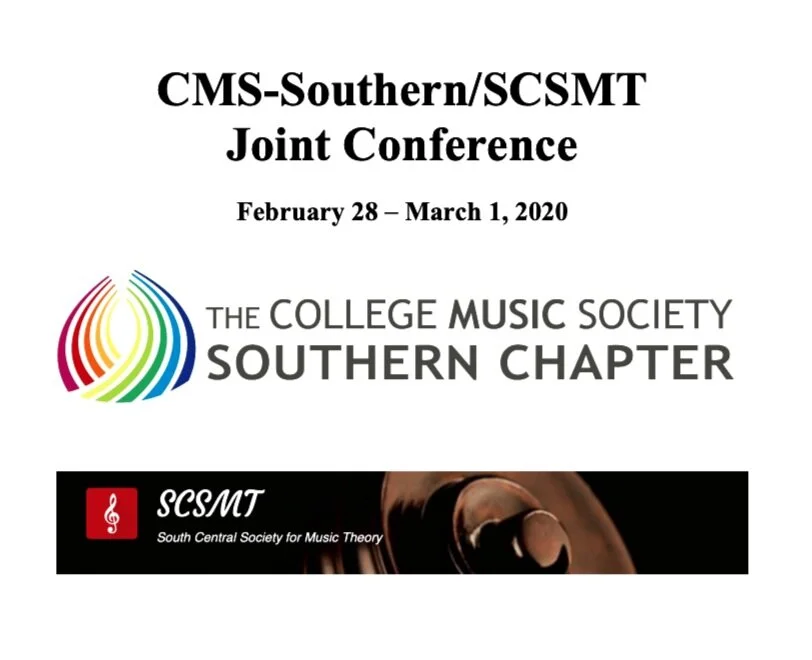



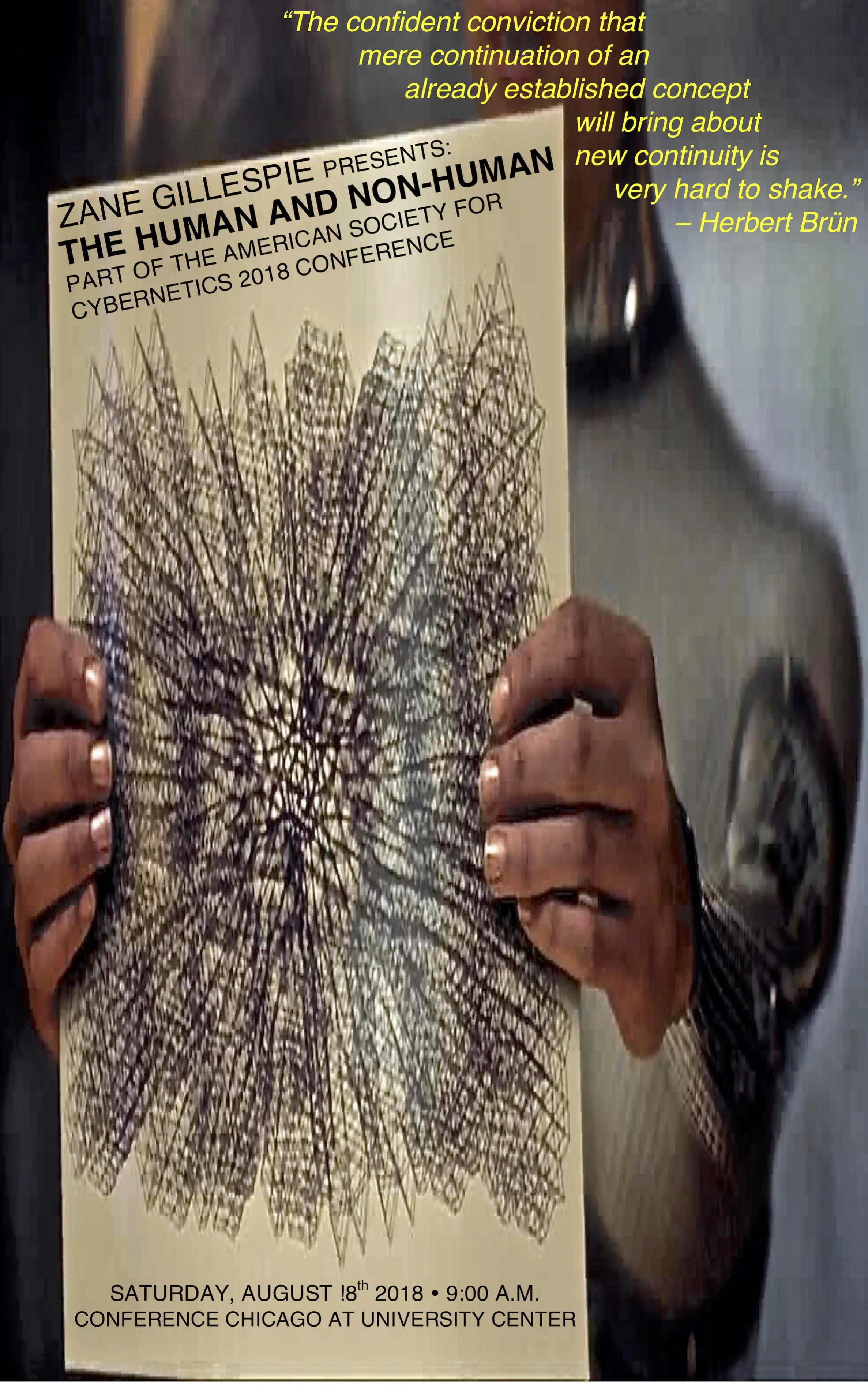









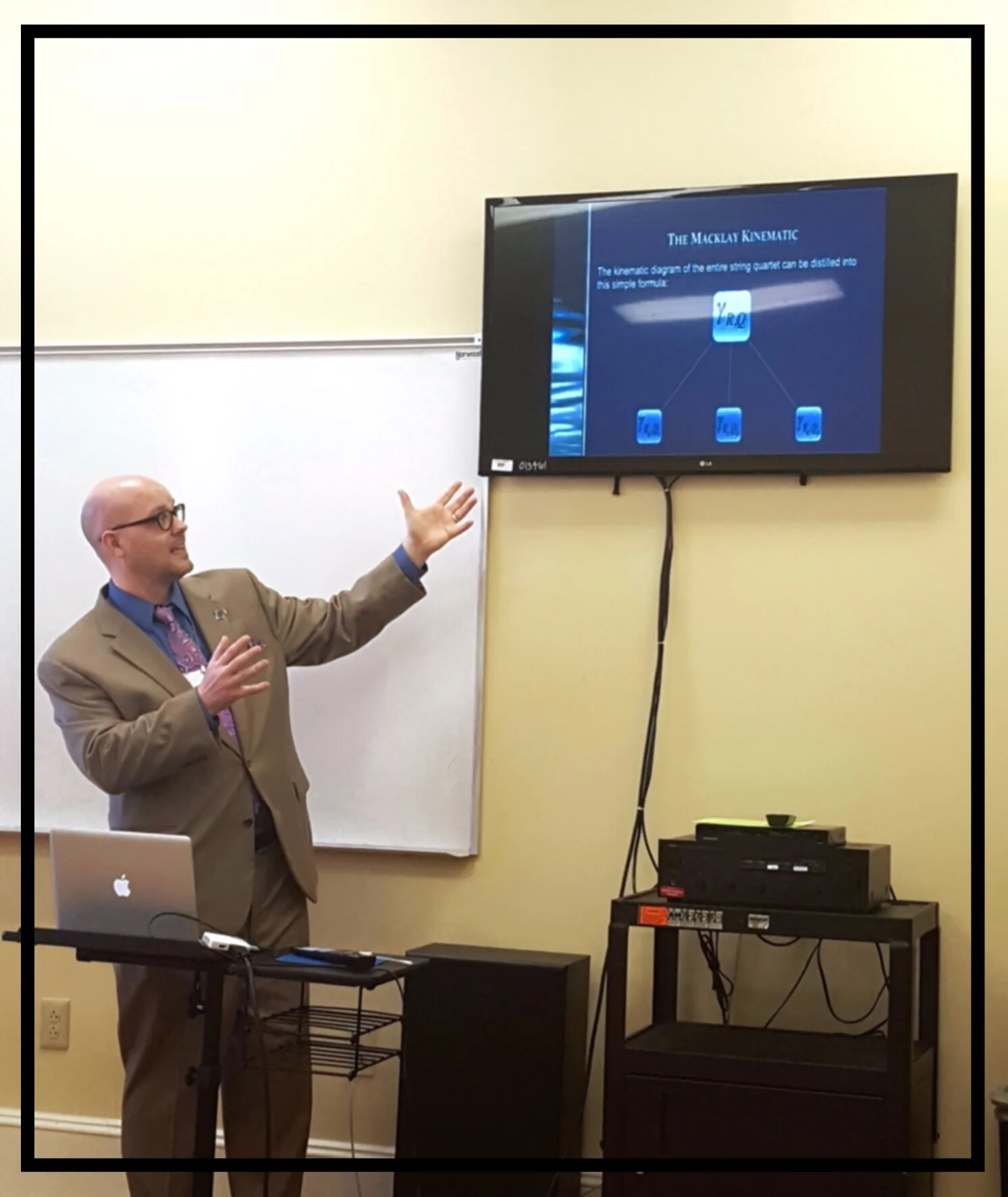



Exciting Announcement! I'm thrilled to share that as a member of the esteemed faculty at Arkansas Tech University’s Department of Music I am now teaching Music Composition!